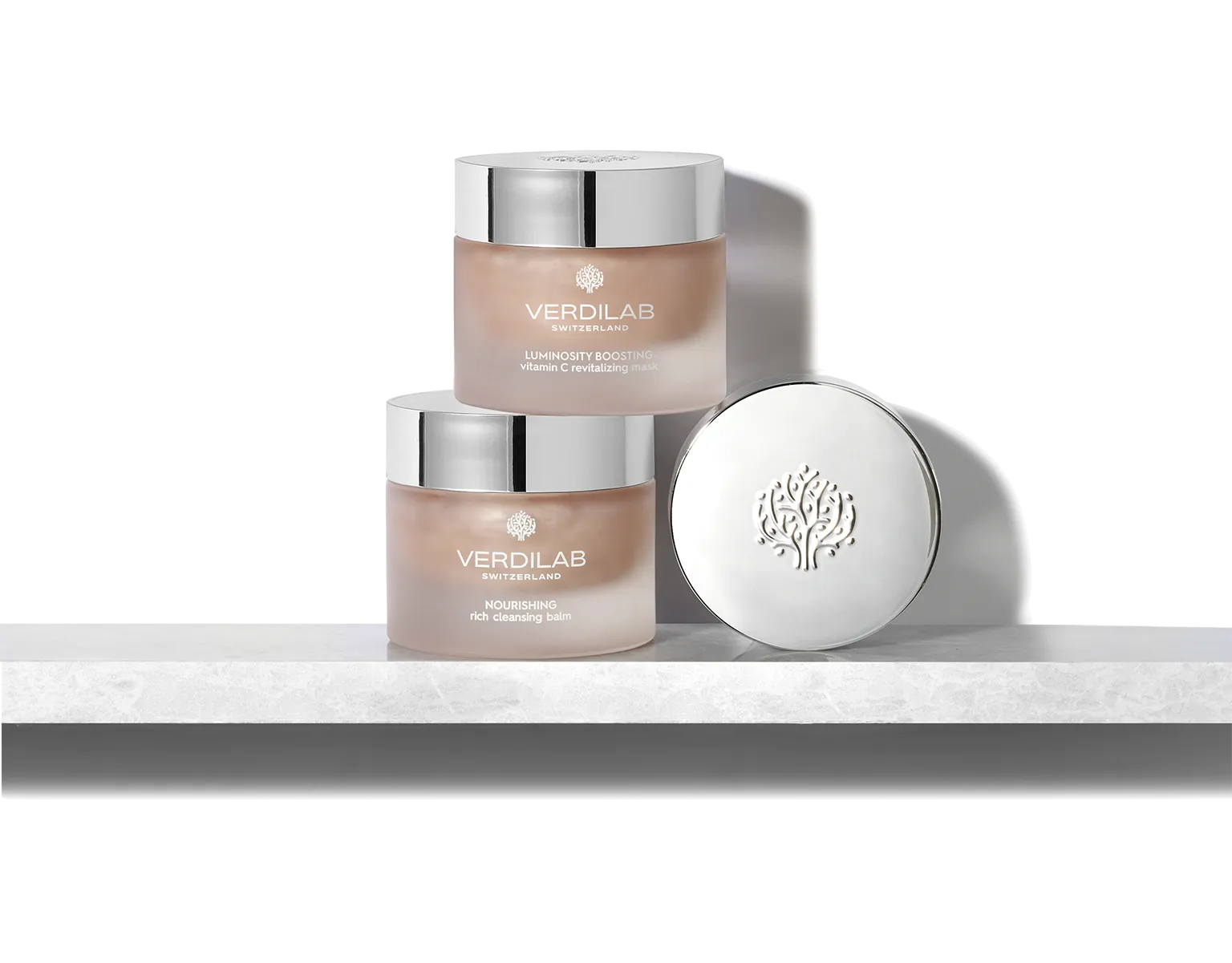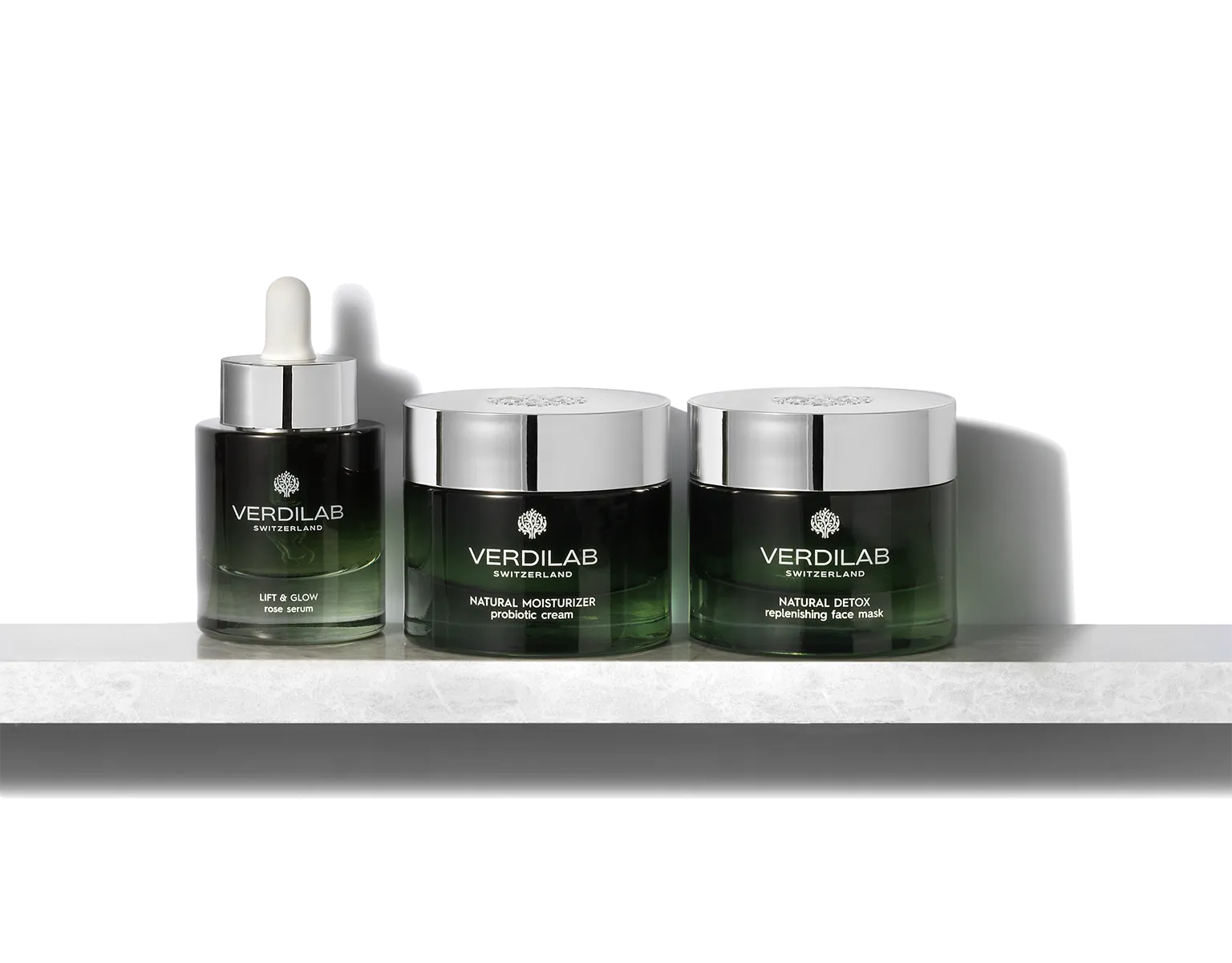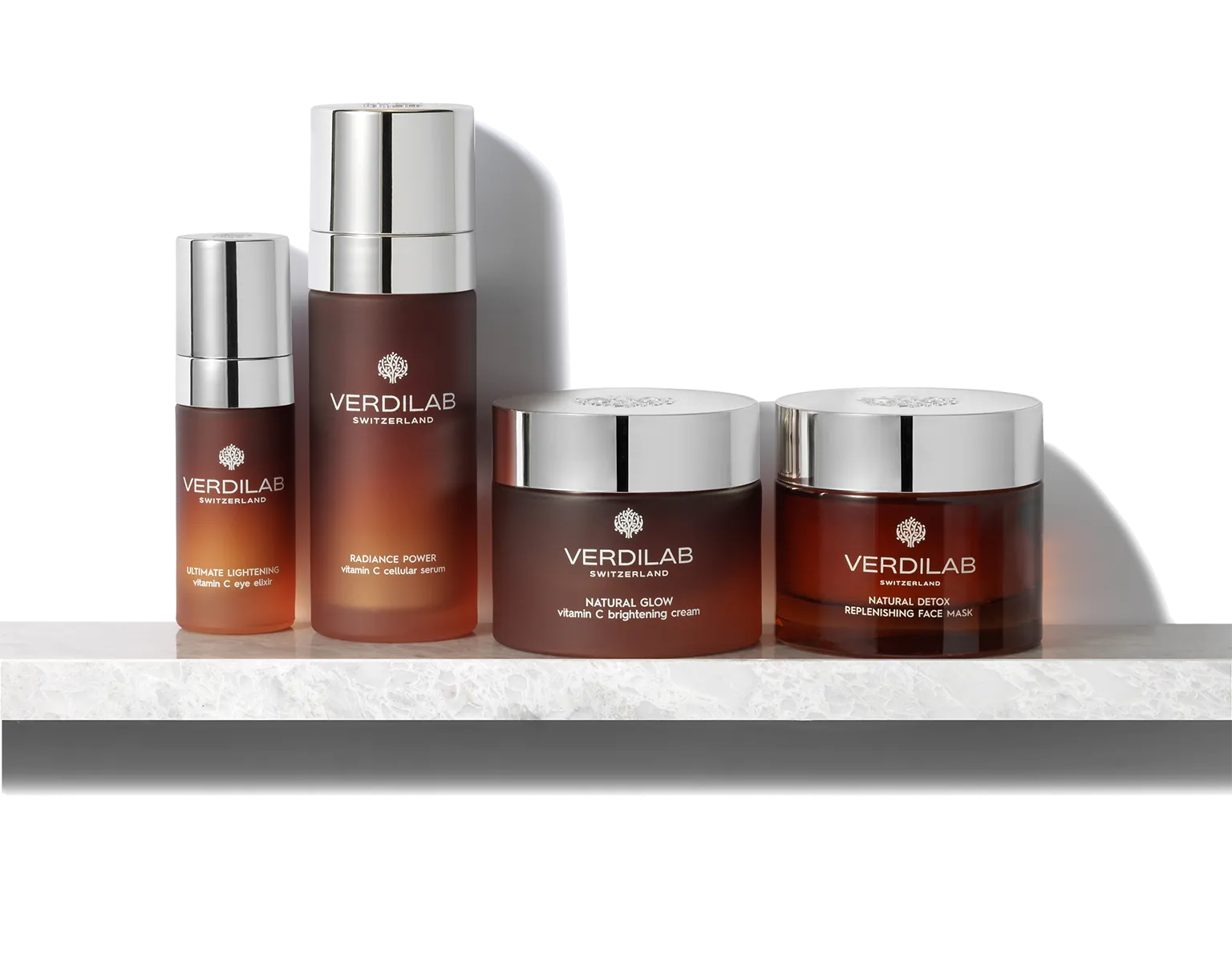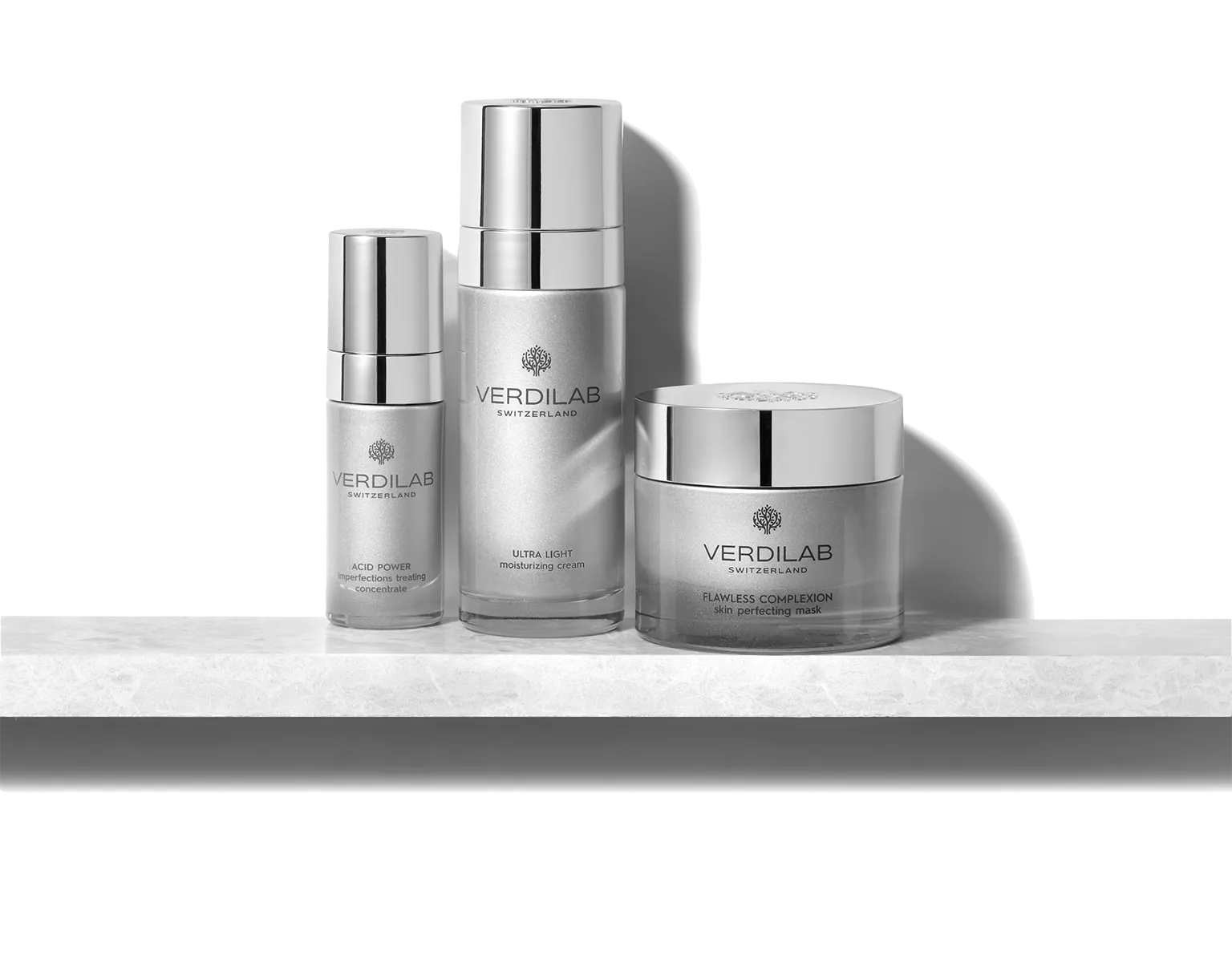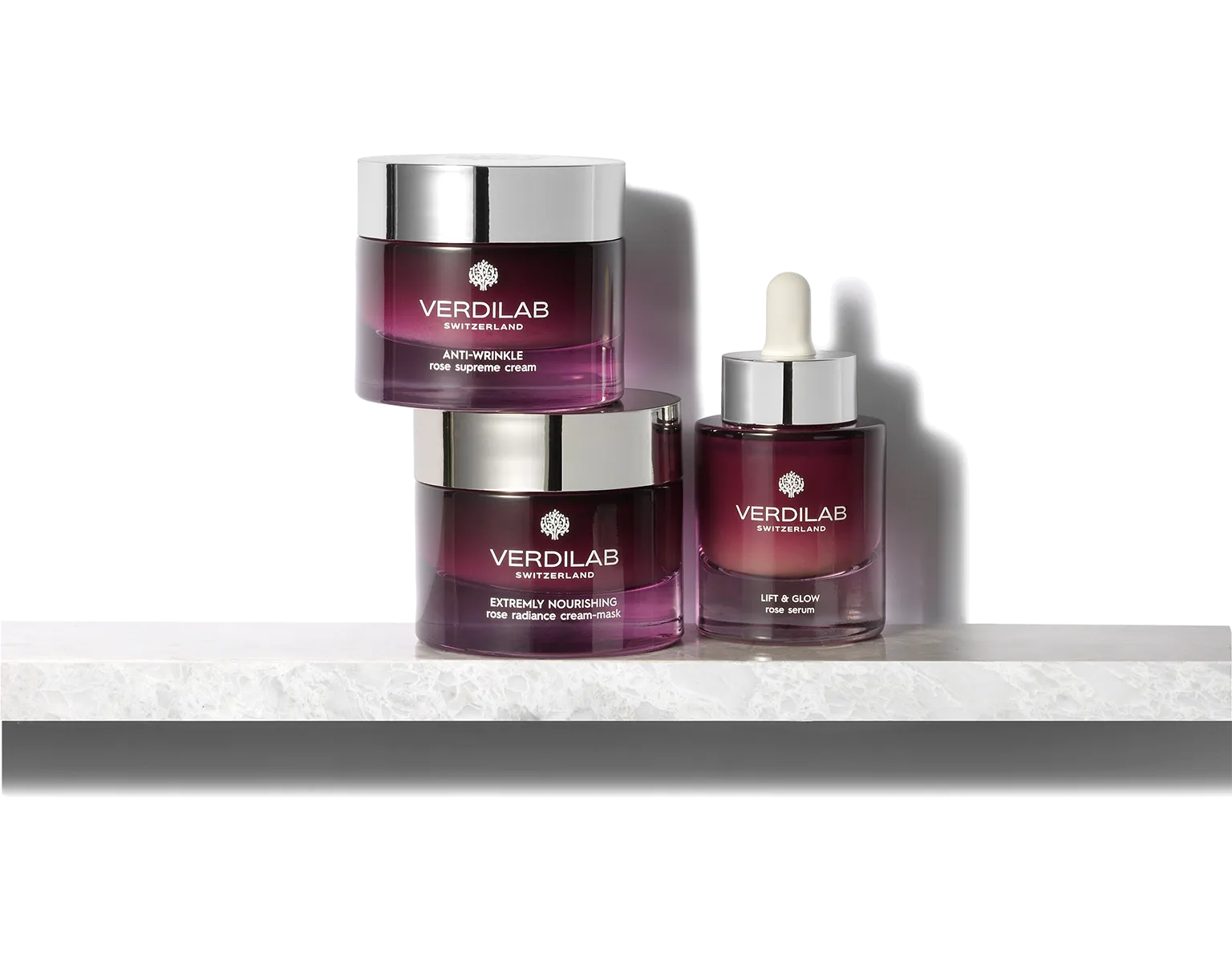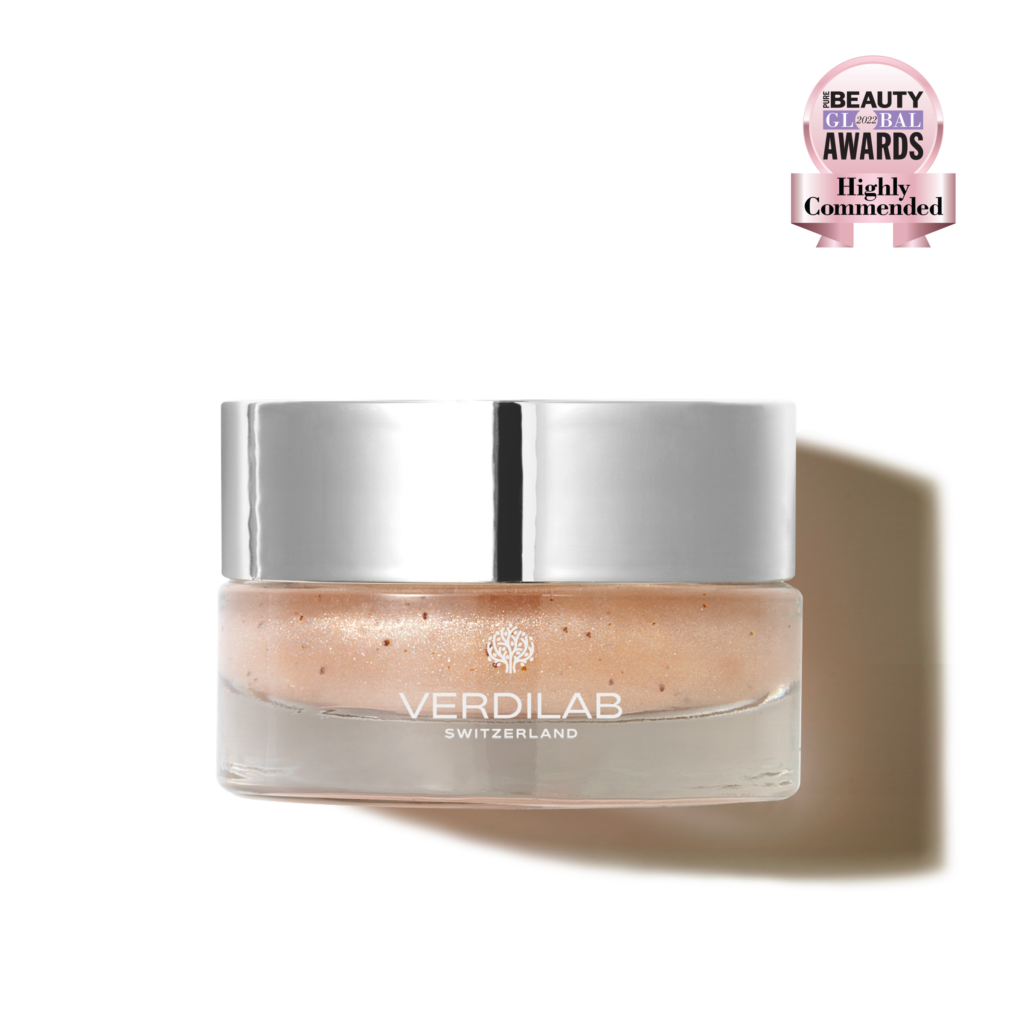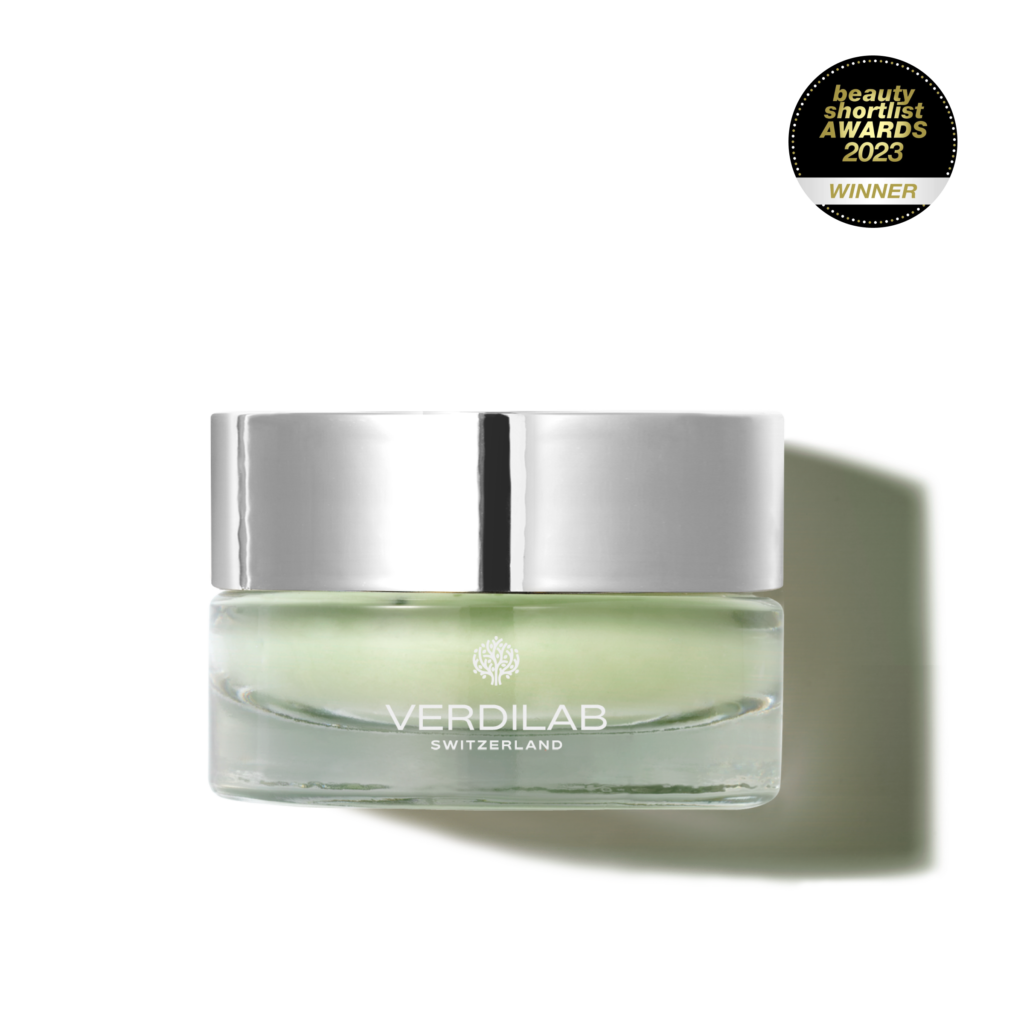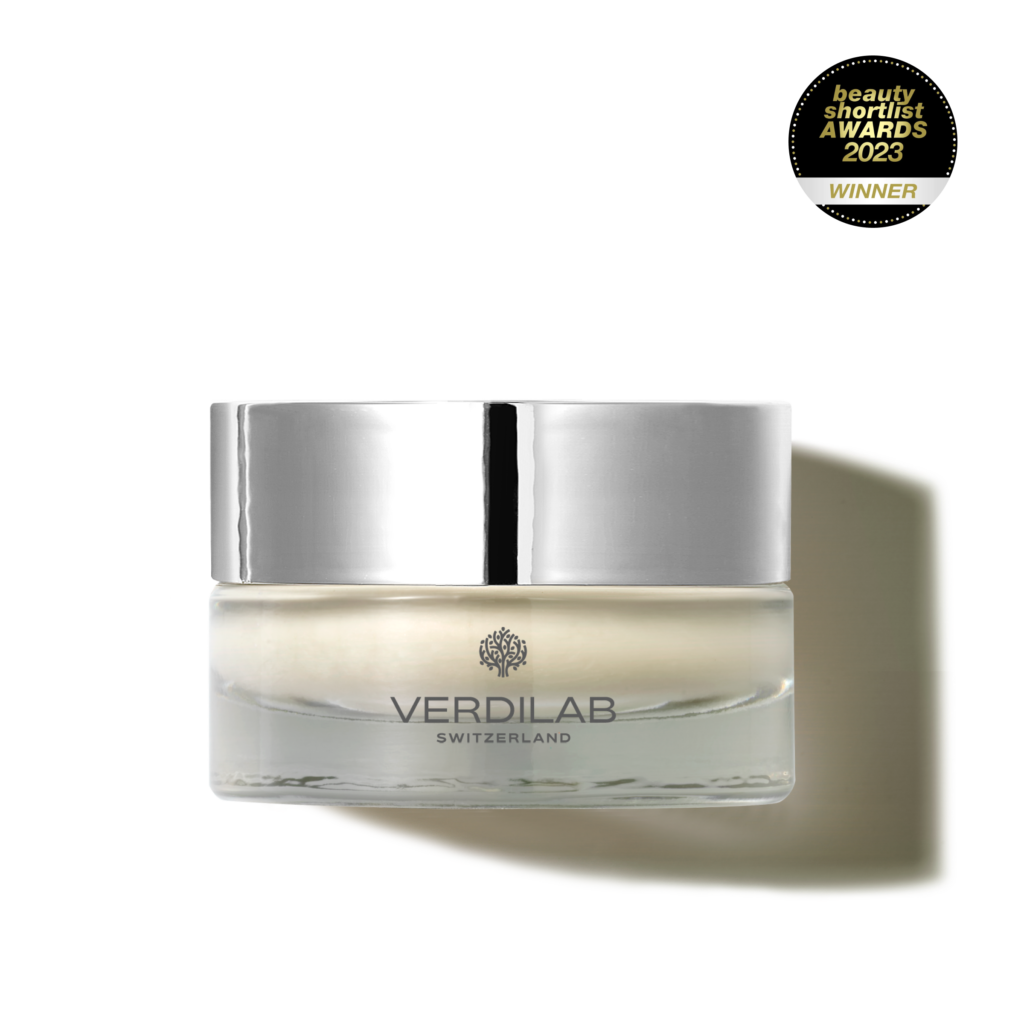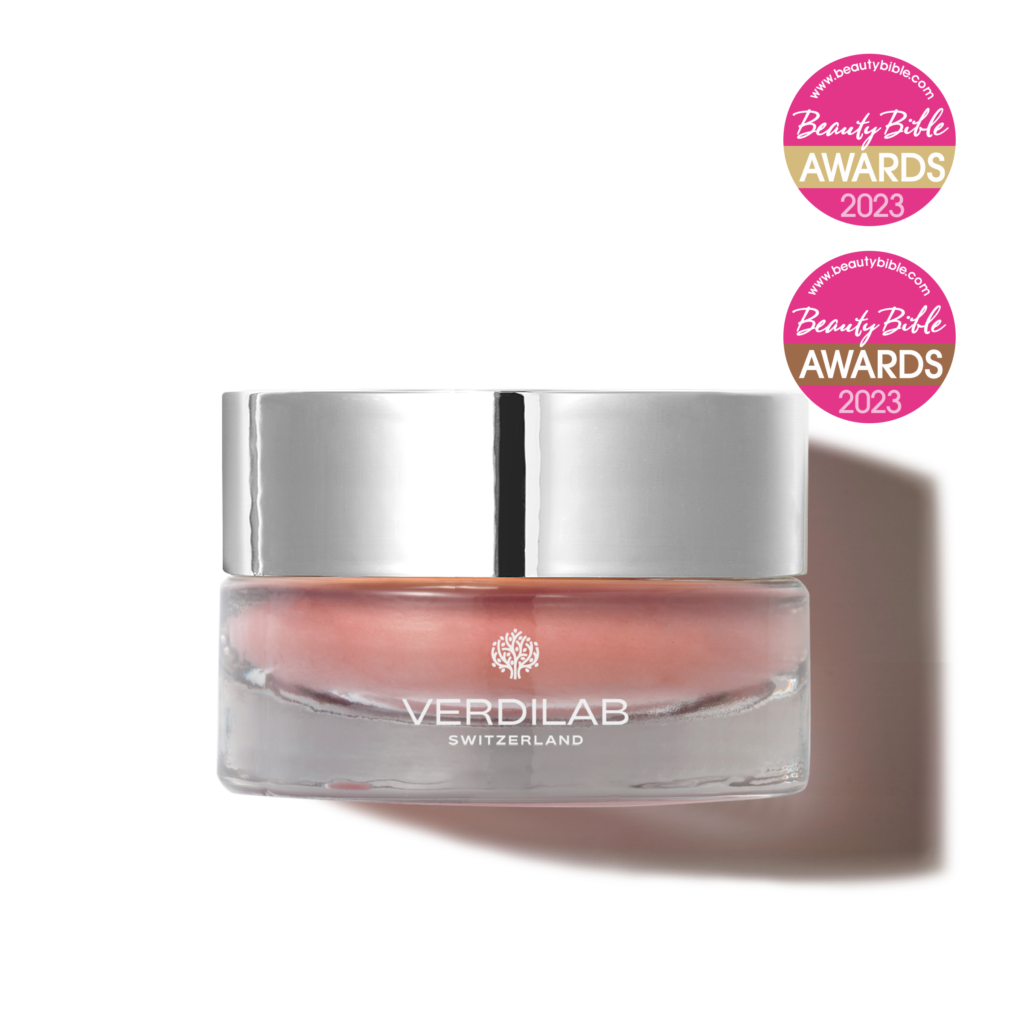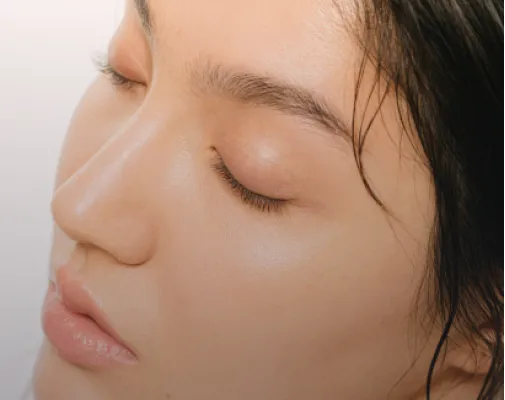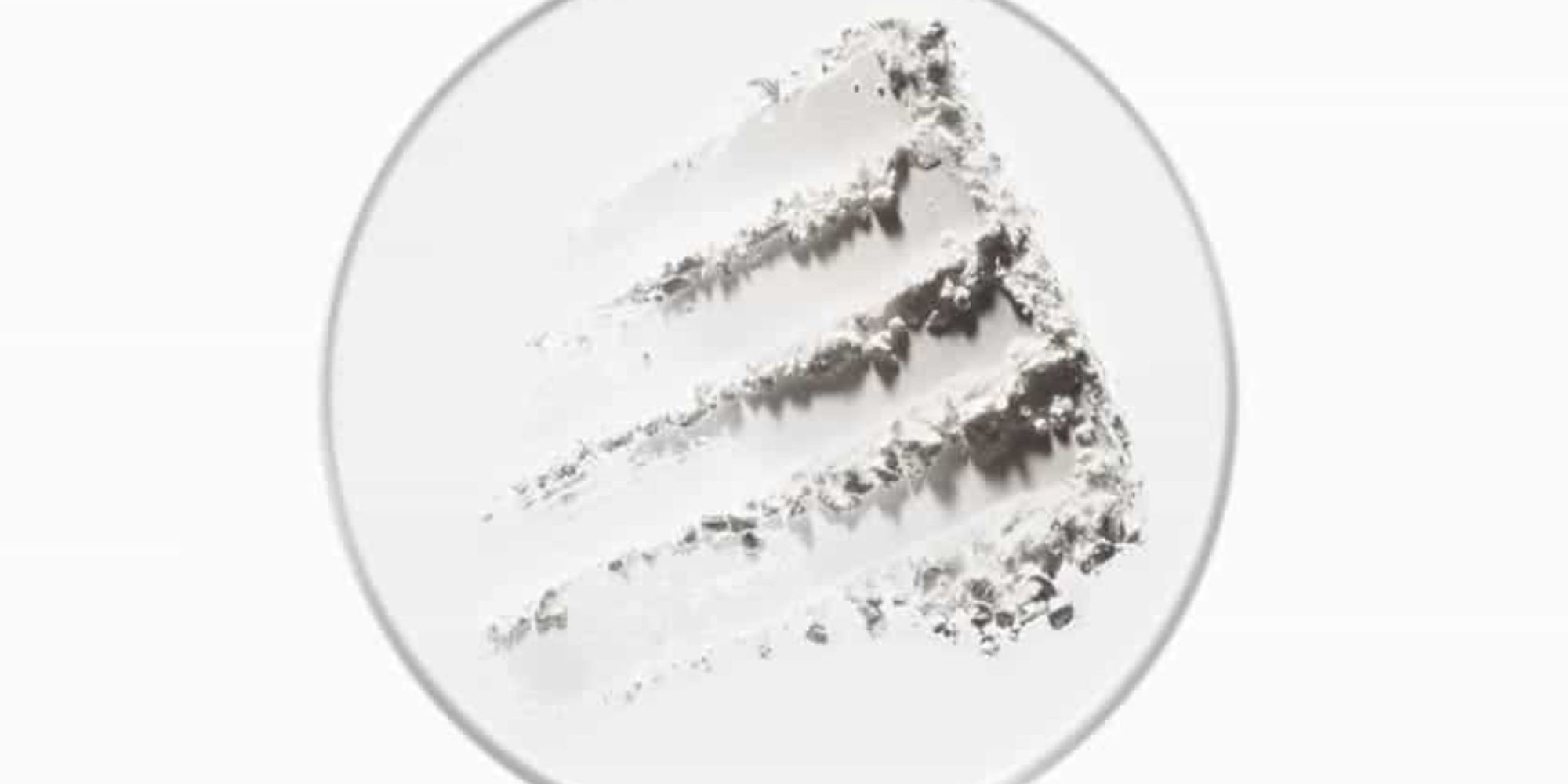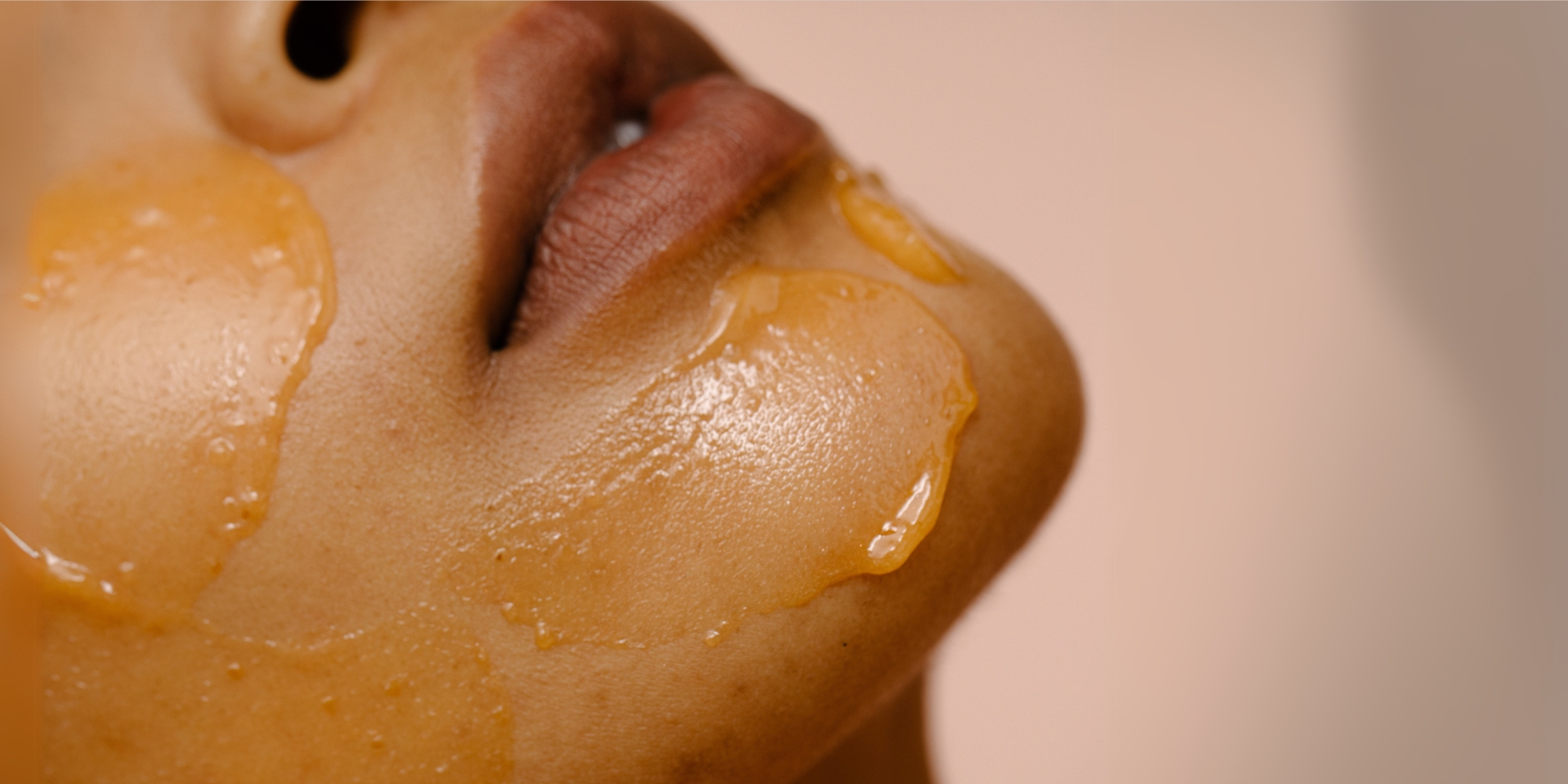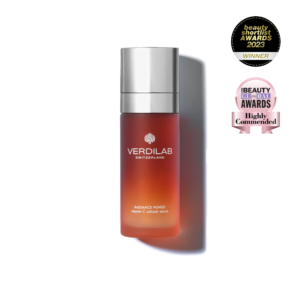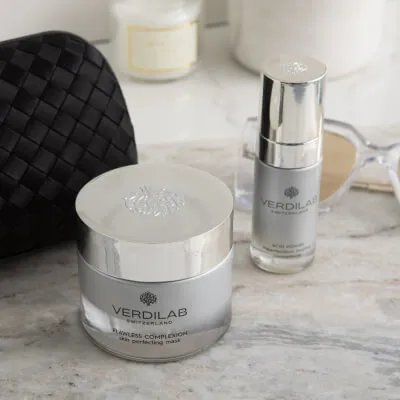Natural azelaic acid is a powerful ingredient derived from certain grains and is known for its many benefits in skincare. It is effective in treating various skin conditions like acne and rosacea, while also improving skin tone and texture. This article explores what natural azelaic acid is, its benefits, and how to incorporate it into your skincare routine.
Key Takeaways

- It helps reduce inflammation and fight acne-causing bacteria.
- Azelaic acid is effective for treating rosacea and improving skin tone.
- Reduces hyperpigmentation.
- It can be used safely during pregnancy and breastfeeding.
- Different forms of azelaic acid are available, including creams, gels, and serums.
Understanding Natural Azelaic Acid
Definition and Sources
Natural azelaic acid is a dicarboxylic acid that occurs naturally in grains such as wheat, rye, and barley. It is also produced by the skin’s microbiome, specifically by the yeast Malassezia furfur. This acid is known for its beneficial properties in skincare, particularly for its ability to treat various skin conditions.
Chemical Structure and Properties
Azelaic acid has a unique chemical structure that allows it to penetrate the skin effectively. Its molecular formula is C9H10O4, and it features two carboxylic acid groups. This structure contributes to its exfoliating properties, helping to remove dead skin cells and promote skin cell turnover.
Comparison with Synthetic Azelaic Acid
While both natural and synthetic azelaic acid serve similar functions in skincare, natural azelaic acid is often preferred due to its gentler nature and lower risk of irritation. Synthetic versions may contain additional chemicals that could lead to adverse reactions in sensitive skin types.
Natural azelaic acid is a versatile ingredient that can benefit a wide range of skin types, making it a valuable addition to many skincare routines.
In summary, understanding the origins, properties, and differences between natural and synthetic azelaic acid is crucial for making informed choices in skincare. Its natural sources and beneficial properties make it a popular choice for treating various skin concerns.
Benefits of Natural Azelaic Acid in Skincare
Natural azelaic acid is a versatile ingredient in skincare, known for its multiple benefits. It is particularly effective in treating various skin conditions due to its unique properties.
Anti-Inflammatory Properties
Natural azelaic acid exhibits strong anti-inflammatory effects, making it beneficial for individuals with sensitive skin. It helps to:
- Reduce redness and swelling
- Calm irritated skin
- Alleviate conditions like rosacea and acne
Antimicrobial Effects
This acid is also known for its antimicrobial properties, which help in:
- Destroying acne-causing bacteria
- Preventing future breakouts
- Promoting overall skin health
Skin Tone Improvement
Natural azelaic acid can significantly improve skin tone by:
- Reducing hyperpigmentation
- Lightening dark spots
- Promoting an even skin tone
| Benefit | Description |
|---|---|
| Anti-Inflammatory | Reduces redness and swelling |
| Antimicrobial | Kills acne-causing bacteria |
| Skin Tone Improvement | Lightens dark spots and evens skin tone |
Natural azelaic acid is a gentle yet effective option for those seeking to enhance their skincare routine. It is suitable for various skin types and can be integrated easily into daily use.
Natural Azelaic Acid for Acne Treatment
Mechanism of Action Against Acne
Natural azelaic acid is effective in treating acne due to its antimicrobial properties. It works by:
- Reducing inflammation in the skin.
- Killing bacteria that cause acne, particularly Propionibacterium acnes.
- Unclogging pores, which helps prevent new breakouts.
Effectiveness Compared to Other Treatments
Research indicates that azelaic acid can be as effective as some traditional acne treatments. A study published in the Journal of Drugs in Dermatology found that azelaic acid 15% foam significantly reduced acne lesions compared to placebo treatments. Here’s a comparison of effectiveness:
| Treatment Type | Effectiveness (%) | Notes |
|---|---|---|
| Azelaic Acid 15% Foam | 70% | Effective for mild to moderate acne. |
| Benzoyl Peroxide 5% | 65% | Commonly used, may cause irritation. |
| Salicylic Acid 2% | 60% | Good for exfoliation, less effective. |
Usage Guidelines for Acne
To achieve the best results with natural azelaic acid, consider the following guidelines:
- Cleanse your skin thoroughly before application.
- Apply a pea-sized amount to the affected areas, usually twice daily.
- Follow with a moisturizer to prevent dryness.
- Use sunscreen during the day, as azelaic acid can make your skin more sensitive to sunlight.
Azelaic acid is a gentle yet effective option for treating acne, making it suitable for various skin types, including sensitive skin.
In summary, natural azelaic acid is a valuable ingredient in acne treatment, offering multiple benefits while being safe for most users. Its ability to reduce inflammation, combat bacteria, and improve skin texture makes it a preferred choice for many individuals seeking clearer skin.

Role of Natural Azelaic Acid in Treating Rosacea
Mechanism of Action in Rosacea
Natural azelaic acid is known for its anti-inflammatory properties, which are particularly beneficial for individuals suffering from rosacea. It works by reducing inflammation through its action on the cathelicidin pathway, a crucial component in the skin’s immune response. This helps to calm the skin and reduce redness associated with rosacea.
Clinical Studies and Results
Research indicates that azelaic acid is effective in treating rosacea. A study published in the Journal of Drugs in Dermatology found that topical azelaic acid significantly reduced symptoms of rosacea, including redness and inflammation. The results showed that patients experienced a marked improvement in their skin condition after consistent use over several weeks.
| Study | Findings |
|---|---|
| Journal of Drugs in Dermatology | Significant reduction in redness and inflammation after 12 weeks of treatment with azelaic acid. |
| American Academy of Dermatology | Azelaic acid is a first-line treatment for rosacea, effective in reducing symptoms. |
Application Techniques for Rosacea
When using azelaic acid for rosacea, consider the following guidelines:
- Start Slowly: Begin with a lower concentration (around 5%) and gradually increase as tolerated.
- Layering: For those with sensitive skin, applying azelaic acid over a moisturizer can enhance tolerability.
- Consistency: Regular application is key; it may take several weeks to see noticeable improvements.
Azelaic acid is often recommended as a [natural treatment for rosacea](https://naturemed.org/natural-treatment-of-rosacea/), providing a safer alternative to antibiotics, which can lead to resistance over time.
In summary, natural azelaic acid serves as a versatile and effective option for managing rosacea, offering both anti-inflammatory and antimicrobial benefits. Its ability to improve skin tolerance makes it a valuable addition to skincare routines for those affected by this condition.
Comparing Natural Azelaic Acid with Other Acids
Differences from Glycolic Acid
Natural azelaic acid and glycolic acid serve different purposes in skincare. Glycolic acid is a type of alpha-hydroxy acid (AHA), known for its exfoliating properties. In contrast, azelaic acid is a dicarboxylic acid that works primarily on the skin’s surface. Here are some key differences:
- Glycolic acid penetrates deeper into the skin, making it effective for treating signs of aging.
- Azelaic acid is gentler and suitable for sensitive skin, making it a preferred choice for conditions like rosacea and acne.
- Both acids can be combined for enhanced effects, particularly in treating uneven skin tone and blemishes.
Differences from Salicylic Acid
Salicylic acid, a beta-hydroxy acid (BHA), is often used for acne treatment. Here’s how it compares to azelaic acid:
- Salicylic acid works deep within the pores to dissolve excess oil and dead skin cells.
- Azelaic acid not only unclogs pores but also has antimicrobial properties that help kill acne-causing bacteria.
- While salicylic acid is often used in chemical peels, azelaic acid can be used daily without the same risk of irritation.
Benefits Over Other Acids
Natural azelaic acid offers unique benefits that set it apart from other acids:
- Anti-inflammatory properties help reduce redness and swelling.
- Antimicrobial effects target acne-causing bacteria effectively.
- Skin tone improvement aids in reducing hyperpigmentation and melasma.
| Acid Type | Primary Function | Suitable For |
|---|---|---|
| Glycolic Acid | Exfoliation | Aging skin |
| Salicylic Acid | Deep pore cleansing | Oily and acne-prone skin |
| Azelaic Acid | Surface treatment, anti-inflammatory | Sensitive and rosacea-prone skin |
Azelaic acid is a versatile ingredient that can be integrated into various skincare routines, providing benefits for a wide range of skin types and conditions. Its gentle nature makes it a safe option for many individuals, including those with sensitive skin.
Forms of Natural Azelaic Acid in Skincare Products
Natural azelaic acid is available in various formulations, each designed to cater to different skin types and concerns. Understanding these forms can help consumers choose the right product for their skincare needs.
Creams and Gels
- Azelaic Acid Cream: Often prescribed for acne treatment, this form is applied directly to the affected areas. It typically contains a higher concentration of azelaic acid, around 15-20%.
- Azelaic Acid Gel: This lightweight formulation is commonly used for rosacea. It is absorbed quickly and is less greasy than creams, making it suitable for oily skin types.
Serums and Foams
- Azelaic Acid Serum: These products usually contain a concentrated dose of azelaic acid, allowing for deeper penetration into the skin. They are often used before applying moisturizers.
- Foams: This form is often used for treating rosacea and is easy to apply. However, caution is advised due to its flammable nature.
Over-the-Counter vs. Prescription
| Type | Concentration | Availability |
|---|---|---|
| Over-the-Counter | 10-12% | Widely available |
| Prescription | 15-20% | Requires a doctor’s note |
Natural azelaic acid is a versatile ingredient that can be found in various skincare products, making it accessible for different skin concerns. It is essential to choose the right form based on individual skin needs and conditions.
Azelaic acid is a [naturally occurring dicarboxylic acid](https://foundationskincare.com/products/azelaic-acid-cream?srsltid=AfmBOoocs5Aj1HH18ULq__WYbPwyZxIrFKUxVTkTX2g0-C0vS0oLV4_I) found in grains like wheat, rye, and barley, and is known for its effectiveness in treating acne and rosacea.

Potential Side Effects of Natural Azelaic Acid
Common Side Effects
Natural azelaic acid is generally well-tolerated, but some users may experience side effects, especially when first starting treatment. Common side effects include:
- Skin irritation: This can manifest as redness, itching, or a burning sensation.
- Dryness and peeling: Users may notice their skin becoming dry or flaky.
- Stinging: A slight stinging sensation is often reported, particularly among first-time users.
Managing and Mitigating Side Effects
To minimize side effects, consider the following strategies:
- Start Slowly: Begin with a lower concentration and apply it once a day.
- Moisturize: Use a gentle moisturizer to combat dryness and irritation.
- Avoid Harsh Products: Steer clear of astringents or alcohol-based cleansers that can exacerbate irritation.
Who Should Avoid Using It
Certain individuals should exercise caution or avoid using natural azelaic acid altogether:
- Those with sensitive skin may be more prone to irritation.
- Individuals with asthma should consult a healthcare provider, as azelaic acid may worsen their condition.
- Pregnant or breastfeeding women should seek medical advice before use.
It is essential to consult a dermatologist if side effects persist or worsen, as they can provide tailored advice and alternative treatment options.
| Side Effect | Description |
|---|---|
| Skin Redness | Commonly reported, especially in sensitive skin. |
| Itching | Can occur during initial use. |
| Dryness | May lead to peeling skin. |
| Severe Reactions | Rare but can include crusting or swelling. |
Integrating Natural Azelaic Acid into Your Skincare Routine

Combining with Other Ingredients
Integrating natural azelaic acid into your skincare routine can enhance its effectiveness. Here are some ingredients that work well with it:
- Vitamin C: Provides antioxidant protection and brightens the skin.
- Niacinamide: Helps reduce inflammation and improves skin barrier function.
- Hyaluronic Acid: Offers hydration, making the skin plump and healthy.
Recommended Application Methods
To maximize the benefits of azelaic acid, consider the following application techniques:
- Start Slowly: Begin with a small amount to assess your skin’s tolerance.
- Use the 13 Dot Technique: Apply small dots across your face and gently spread them for even coverage.
- Layering: If using other active ingredients, apply azelaic acid first, allowing it to absorb before adding others.
Frequency and Dosage
For optimal results, follow these guidelines:
- Daily Use: Most people can use azelaic acid once or twice daily.
- Sensitive Skin: If you have sensitive skin, start with every other day and gradually increase.
- Monitor Reactions: Pay attention to how your skin reacts and adjust usage accordingly.
Integrating azelaic acid into your routine can lead to significant improvements in skin texture and tone, especially for those dealing with acne or rosacea. Regular use is key to unlocking its full potential.
In summary, natural azelaic acid is a versatile ingredient that can be effectively integrated into various skincare routines. By combining it with complementary ingredients, using proper application techniques, and adhering to recommended frequencies, users can achieve healthier, clearer skin.
Natural Azelaic Acid for Hyperpigmentation and Melasma
Mechanism of Action in Hyperpigmentation
Natural azelaic acid is effective in treating hyperpigmentation due to its ability to inhibit tyrosinase, the enzyme responsible for melanin production. By slowing down this process, azelaic acid helps to reduce dark spots and even out skin tone. Additionally, it suppresses DNA synthesis in melanocytes, targeting those that are overly active and prone to producing excess pigment.
Effectiveness in Treating Melasma
Clinical studies have shown that azelaic acid is particularly beneficial for individuals suffering from melasma, a condition characterized by dark patches on the skin. Research indicates that patients can expect to see improvements within 6 weeks, although complete clearance may take up to 6 months. This gradual improvement underscores the importance of consistent use and patience.
Usage Guidelines for Pigmentation Issues
When incorporating natural azelaic acid into a skincare routine for hyperpigmentation, consider the following guidelines:
- Frequency: Apply twice daily for optimal results.
- Sunscreen: Use broad-spectrum sunscreen to protect against UV rays, which can exacerbate pigmentation.
- Combination: It can be effectively combined with other ingredients like niacinamide for enhanced results.
Azelaic acid is a versatile ingredient that not only targets hyperpigmentation but also provides anti-inflammatory and antimicrobial benefits, making it suitable for various skin types.
| Study | Findings |
|---|---|
| Journal of Drugs in Dermatology | Azelaic acid significantly reduced melasma in 70% of participants after 12 weeks. |
| Giornale Italiano di Dermatologia | Patients reported improved skin tone and texture with regular use of azelaic acid. |
| American Academy of Dermatology | Azelaic acid is safe for use during pregnancy, making it a preferred option for expectant mothers. |
Safety of Natural Azelaic Acid During Pregnancy and Breastfeeding
Research and Clinical Evidence
Azelaic acid is generally considered safe for use during pregnancy and breastfeeding. It is one of the few skincare ingredients that can effectively treat acne and rosacea while being safe for pregnant women. Although there are limited studies specifically focused on its effects during these periods, the low absorption rate of azelaic acid suggests minimal risk.
Recommended Products for Pregnant Women
When selecting azelaic acid products, consider the following:
- Choose formulations with lower concentrations (10% or less) to minimize potential irritation.
- Look for products that are free from harsh additives or fragrances.
- Consult with a healthcare provider for personalized recommendations.
Usage Guidelines During Pregnancy
While azelaic acid is generally safe, it is essential to follow these guidelines:
- Consult your doctor before starting any new skincare regimen.
- Start with a patch test to check for any adverse reactions.
- Monitor your skin’s response and adjust usage frequency as needed.
Azelaic acid is a versatile ingredient that can help manage skin conditions without posing significant risks during pregnancy or breastfeeding. Always prioritize safety by discussing your skincare routine with a healthcare professional.
Summary
In conclusion, azelaic acid is a safe option for pregnant and breastfeeding individuals, making it a valuable addition to a pregnancy-safe skincare routine. However, it is crucial to consult with a healthcare provider to ensure the best outcomes for both mother and child.
Future Research and Developments in Natural Azelaic Acid
Ongoing Clinical Trials
Research on natural azelaic acid is expanding, with several clinical trials currently underway. These studies aim to explore its effectiveness in treating various skin conditions, including:
- Acne vulgaris
- Rosacea
- Hyperpigmentation
Potential New Applications
Emerging studies suggest that azelaic acid may have additional benefits beyond its current uses. Some potential new applications include:
- Treatment for hidradenitis suppurativa
- Efficacy in managing alopecia
- Use in psoriasis vulgaris
Conclusion
In summary, natural azelaic acid is a valuable ingredient in skincare, known for its effectiveness in treating various skin issues like acne and rosacea. Found in grains such as wheat and barley, it works gently on the skin, making it suitable for many people, including those with sensitive skin. Its ability to reduce inflammation, even out skin tone, and fight acne-causing bacteria highlights its versatility. As more individuals seek effective and gentle skincare solutions, azelaic acid stands out as a promising option that can fit well into various skincare routines.
Frequently Asked Questions
What is natural azelaic acid?
Natural azelaic acid is a substance found in grains like wheat and barley. It’s also made by a type of yeast on our skin. It’s used in skincare to help with issues like acne and rosacea.
How does azelaic acid help with acne?
Azelaic acid works by killing the bacteria that cause acne and helps to unclog pores. It also reduces inflammation, making it a good choice for treating acne.
Can azelaic acid be used for rosacea?
Yes, azelaic acid is effective for rosacea. It helps to calm the skin and reduce redness, making it a popular treatment for this condition.
What are the side effects of using azelaic acid?
Some people may experience mild side effects like itching or burning when they first use azelaic acid. These usually go away after a few weeks.
Is azelaic acid safe during pregnancy?
Yes, azelaic acid is considered safe to use during pregnancy and breastfeeding, but it’s always best to consult with a doctor.
How should I incorporate azelaic acid into my skincare routine?
You can use azelaic acid in creams or gels. It’s best to apply it once or twice a day, starting with a small amount to see how your skin reacts.
How long does it take to see results from azelaic acid?
You may start to see improvements in your skin after about four weeks of using azelaic acid, but it can take longer for some people.
Can I use azelaic acid with other skincare products?
Yes, azelaic acid can be combined with other ingredients like retinoids and vitamin C, but be careful as some combinations may irritate your skin.
